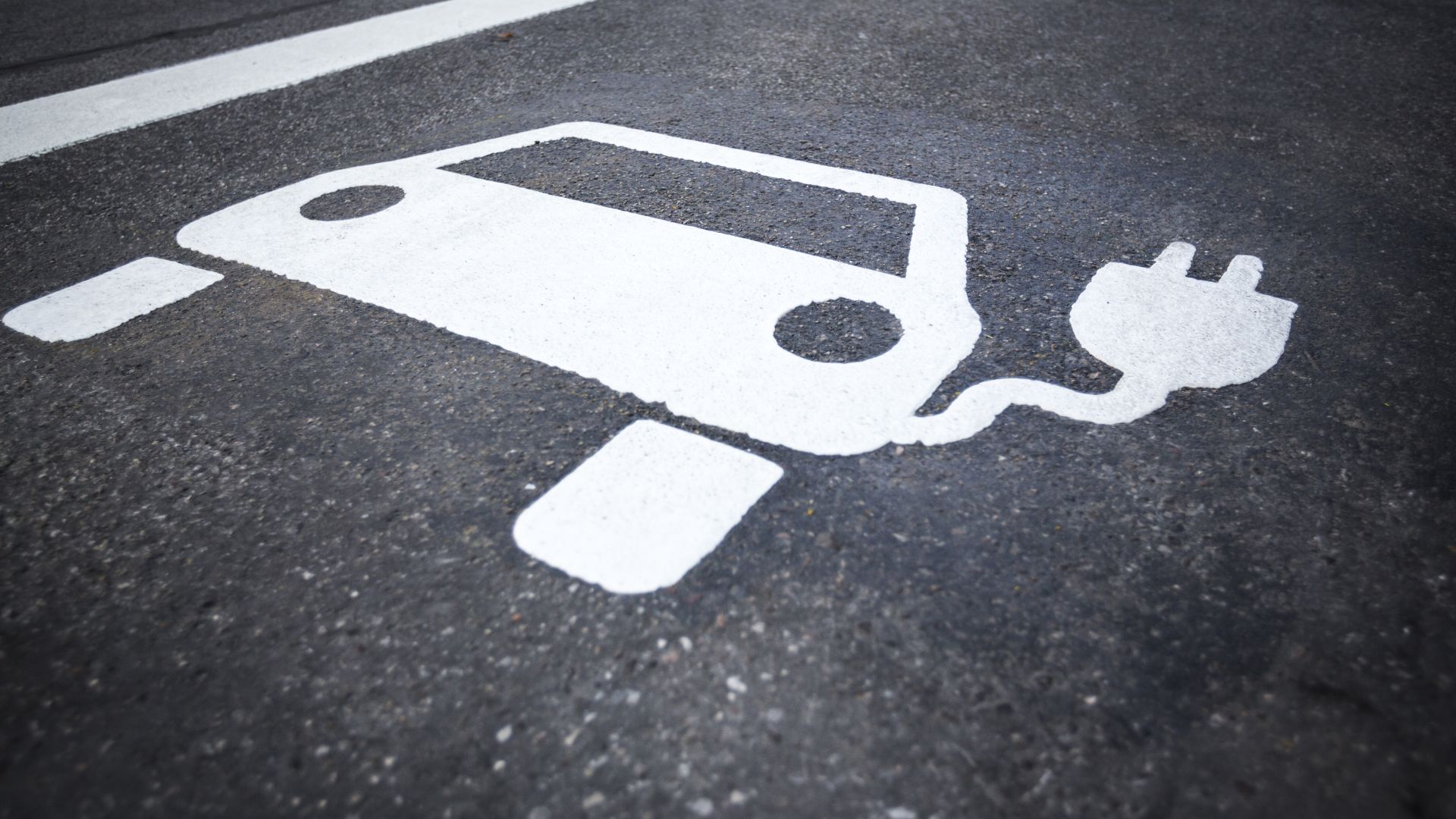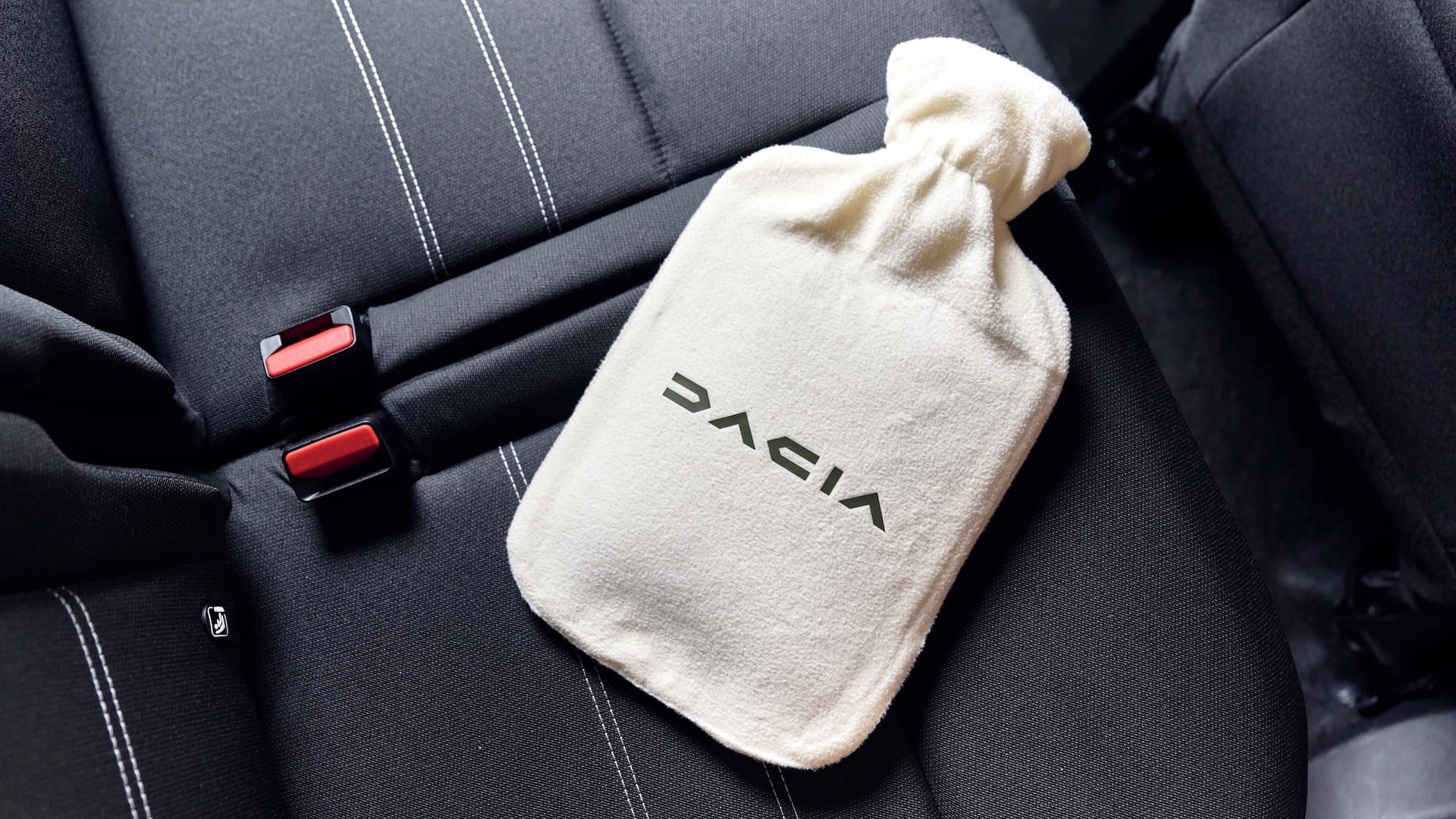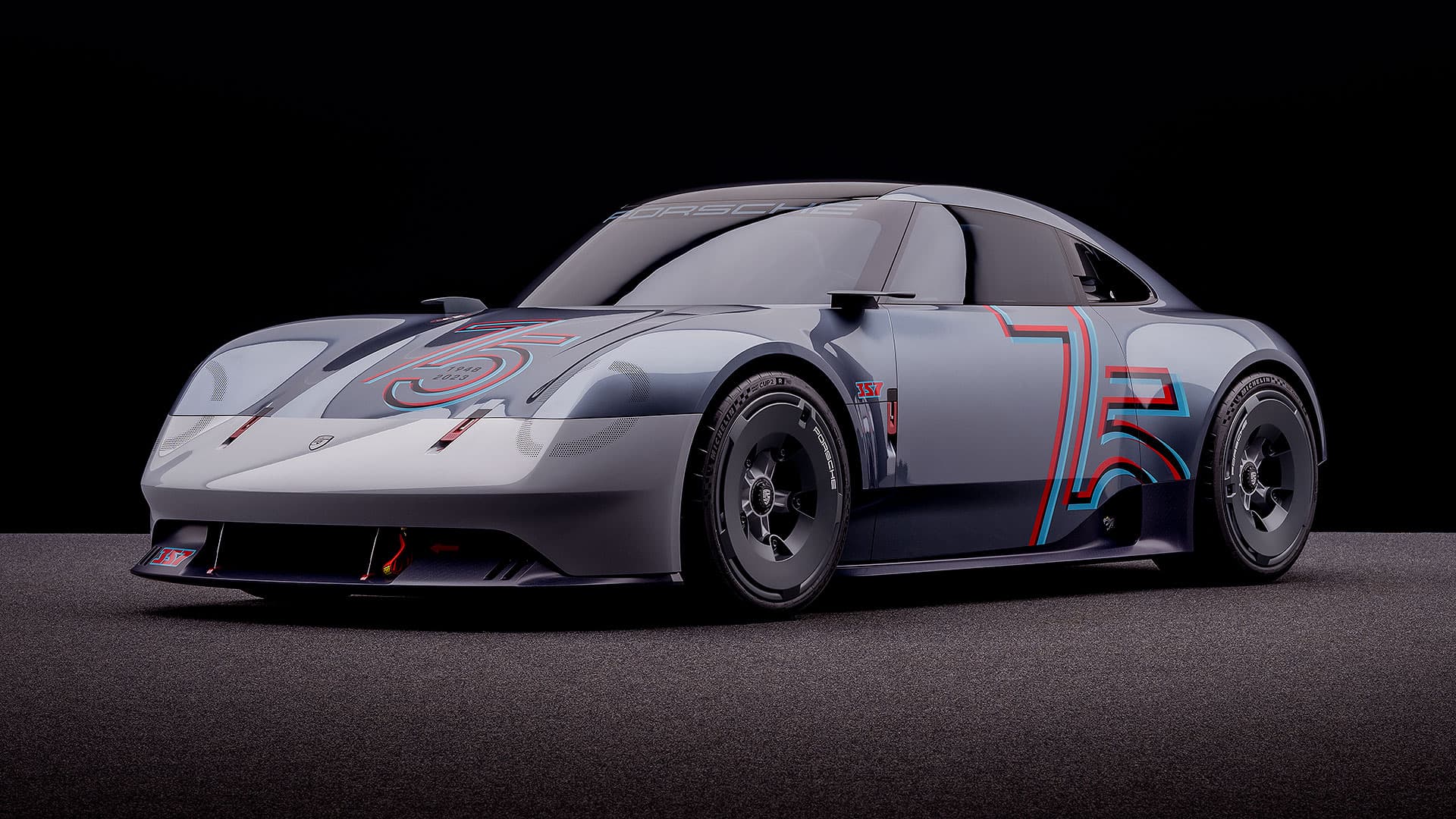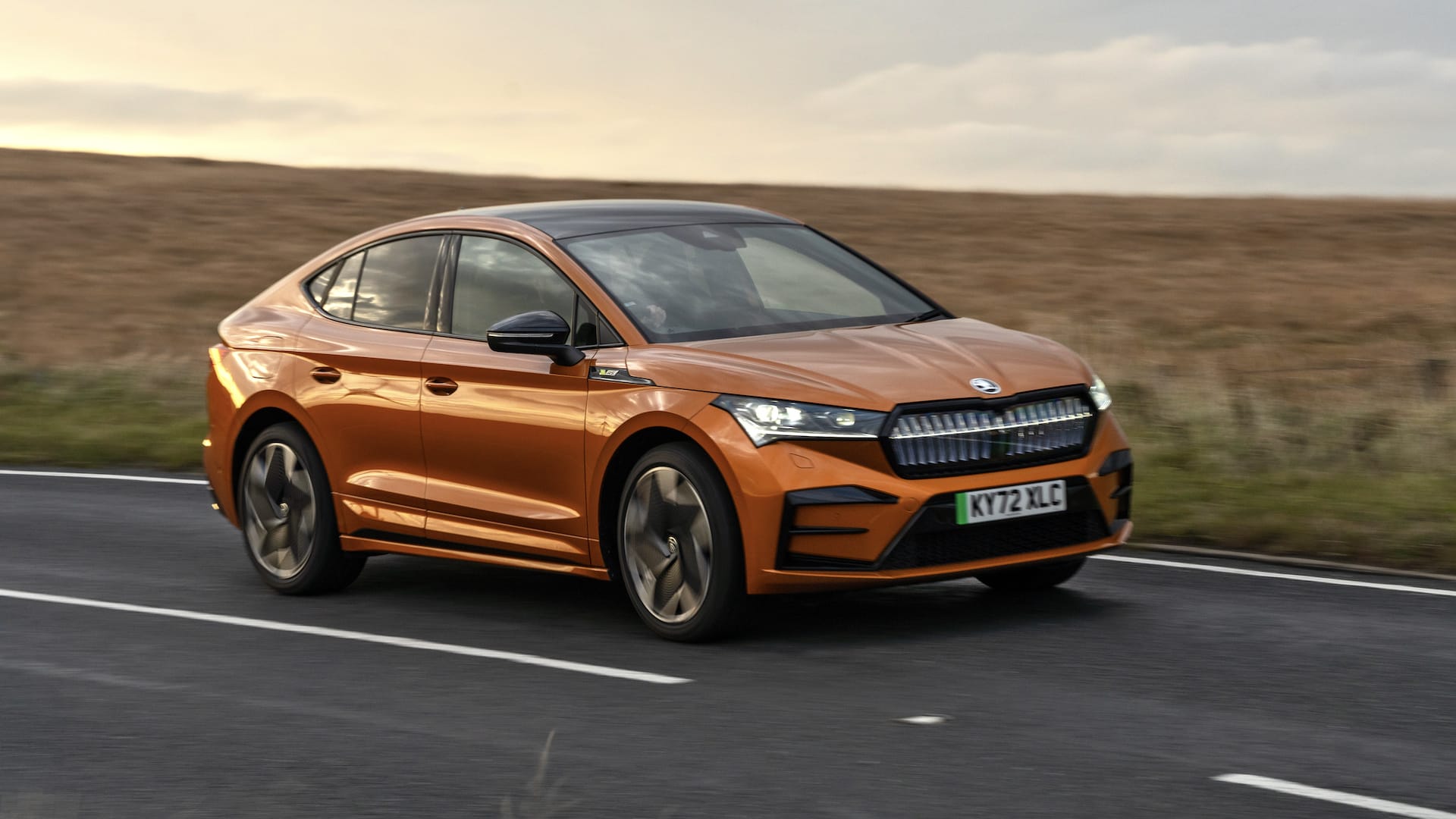
New government figures show a 31 percent increase in the number of public electric vehicle charging points in the UK since 2021.
Last year saw a total of 8,680 new public charging points installed, taking the total number across Britain to 37,055. Rapid chargers account for 19 percent of those on offer.
The government has previously forecast the UK will need a minimum of 300,000 public charging points in place by 2030. At present, the UK has only installed 12 percent of this number.
Motoring organisations have expressed concern that EV infrastructure will not meet the increased demand for electric cars. Battery electric vehicles accounted for 16.2 percent of all new car sales in 2022.
Eradicate rapid charging ‘deserts’

RAC head of roads policy Nicholas Lyes said: “It’s all well and good having a zero-emission vehicle mandate for car manufacturers, but if public charging isn’t keeping pace with EV registrations, then drivers will quickly become disillusioned and frustrated.
“Data already shows a record number of electric vehicles per public charging point, so we strongly urge the Government to introduce annual installation targets and do whatever it takes to make it easier for operators to install new charging hubs.
“It should also be noted that rapid and ultra-rapid chargers currently account for just a fifth of all the network and are growing at a slower rate. If people are to make longer journeys quickly and easily, we need to eradicate the rapid charging ‘deserts’ that exist – and make the fastest possible chargers available much more widely.”
New charger targets needed

In response to the new Department for Transport figures, Jack Cousens, head of roads policy for the AA, said: “New EVs are flying off the factory floor, but we desperately need charge point installations to keep pace with an ever-growing demand.
“With a target of 300,000 publicly available charge points by 2030 and just 37,055 installations in place, more focus is needed to accelerate the nation’s charging infrastructure.
“We urge the government to set marker post targets in place so drivers can see the progress is being made, while giving those nervous to switch the confidence to do so.”
Earlier this year, the SMMT highlighted that in order to meet the minimum target of 300,000, the UK would need to install more than 100 new chargers every day. The current rate is 23 per day.
ALSO READ:
What are the pros and cons of electric cars?
What are the differences between a hybrid and an electric car?
Charging an electric car: the difference between kW and kWh






























